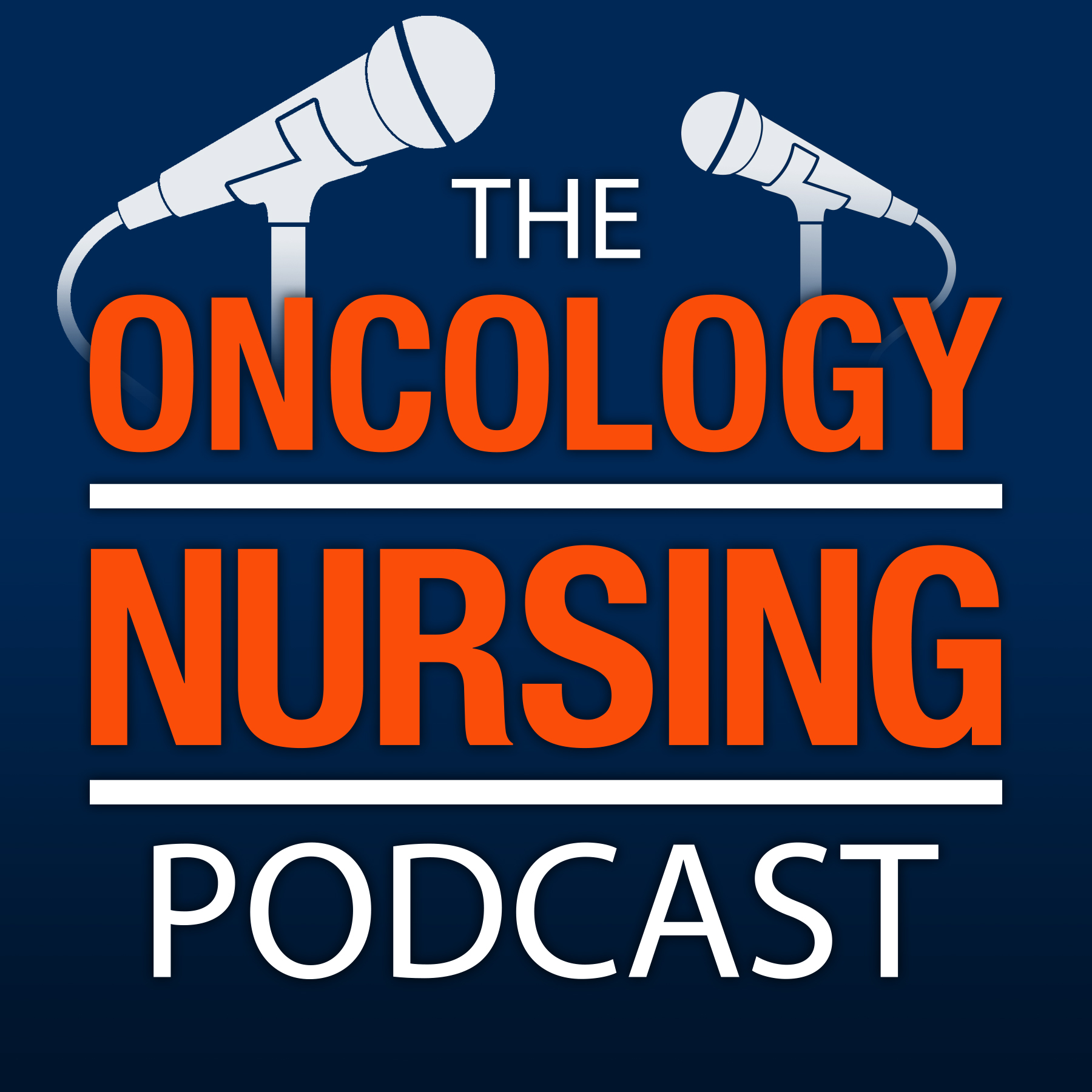
Episode 248: The Basics of Evidence-Based Practice for Every Oncology Nurse

The Oncology Nursing Podcast
Shownotes Transcript
“Evidence-based practice is asking the right clinical question, searching the evidence and then really appraising and determining what is the quality of the evidence, and synthesizing it to move forward with a recommendation or a possible implementation plan,” Caroline Clark, MSN, APRN, OCN®, AG-CNS, director of evidence-based practice and inquiry at ONS, told Jaime Weimer, MSN, RN, AGNCS-BC, AOCNS®, oncology clinical specialist at ONS, during a discussion about the nurse’s role in evidence-based oncology care. You can earn free NCPD contact hours after listening to this episode and completing the evaluation linked below. Music Credit: “Fireflies and Stardust)” by Kevin MacLeod Licensed under Creative Commons by Attribution 3.0 Earn 0.5 contact hour of nursing continuing professional development (NCPD) by listening to the full recording and completing an evaluation at myoutcomes.ons.org by February 24, 2025. The planners and faculty for this episode have no relevant financial relationships with ineligible companies to disclose. ONS is accredited as a provider of NCPD by the American Nurses Credentialing Center’s Commission on Accreditation. Learning outcome: The learner will report an increase in knowledge related to evidence-based practice. Episode Notes
Complete this evaluation for free NCPD). ONS Evidence-Based Practice Learning Library) ONS Voice articles: Real-World Usage Reports Show That ONS Guidelines™ Empower Nurses to Provide Best Patient Care) Evidence-Based Practice Gives Oncology Nurses Knowledge and Standards for Clinical Care) From Evidence to Standard: The Role of Clinical Guidelines in Oncology Care) Overcome Barriers to Applying an Evidence-Based Process for Practice Change) Adopt an Evidence-Based Practice Model to Facilitate Practice Change) Strengthen a Commitment to Practice Change Through EBP Immersions) The Difference Between Quality Improvement, Evidence-Based Practice, and Research) Nursing evidence-based practice topic tag)
Clinical Journal of Oncology Nursing articles: Evidence-Based Practice in Oncology Nursing: Oncology Nursing Society Survey Results) Success Is Not Final: Onward to the Future of Evidence-Based Practice)
Oncology Nursing Forum article: Measuring Clinical Decision Support Influence on Evidence-Based Nursing Practice) ONS Biomarker Database) The Ohio State University College of Nursing course: EBP Basics) National Institutes of Health: Evidence-based practices, programs, and resources) National Cancer Institute: Evidence-based cancer control programs) Healthy People 2030) National Comprehensive Cancer Network) American Society of Clinical Oncology)
To discuss the information in this episode with other oncology nurses, visit the ONS Communities). To provide feedback or otherwise reach ONS about the podcast, email [email protected]). Highlights From Today’s Episode “Evidence-based practice (EBP) is asking the right clinical question, searching the evidence and then really appraising and determining what is the quality of the evidence, and synthesizing it to move forward with a recommendation or a possible implementation plan.” Timestamp (TS) 01:56 “Having a culture and environment that supports EBP is really foundational. An environment that encourages questions is going to cultivate the mentors in that environment and has leadership support. And often, that means tying EBP into your whole organizations mission and vision just to sustain evidence-based changes.” TS 06:15 “Developing your skills in critical appraisal does take time. It’s not something that happens overnight, so you have to look for the opportunities to practice. Mentorship is certainly important. . . . Many organizations have adopted an EBP methodology, so while there’s a lot of methodologies out there to choose from, there’s so much overlap in them and the tools they use. I would really just explore if there’s something already preferred in your organization.” TS 13:18 “Some key players to ask around about EBP are your nursing professional development specialists, your clinical nurse specialists, your DNP-prepared nurses, and your nurse scientists. And a great, low-risk way to practice critical appraisal is through journal clubs.” TS 13:57 “I think there’s a lot of great work going on with the overarching theme of closing that gap from research to translation into practice. Some general things that I think are happening are really incorporating evidence into daily practice. That could be clinical decision support tools that are embedded in our electronic health record and then physicians, nurses, and clinicians have that at their fingertips at the point of care. And then standardized policies and templates to guide care for specific populations. And I think the use of religiously developed practice guidelines that are current at the point of care, as well.” TS 22:20 “If you’re embarking on EBP change early on—I cannot stress this enough—you really need to determine what your outcome measures will be. How are things measured and recorded in the literature? How would you apply them in your practice? . . . From the start, consider specifically what the patient outcomes will be that you’re monitoring that you’re hoping to make a positive change in.” TS 31:12